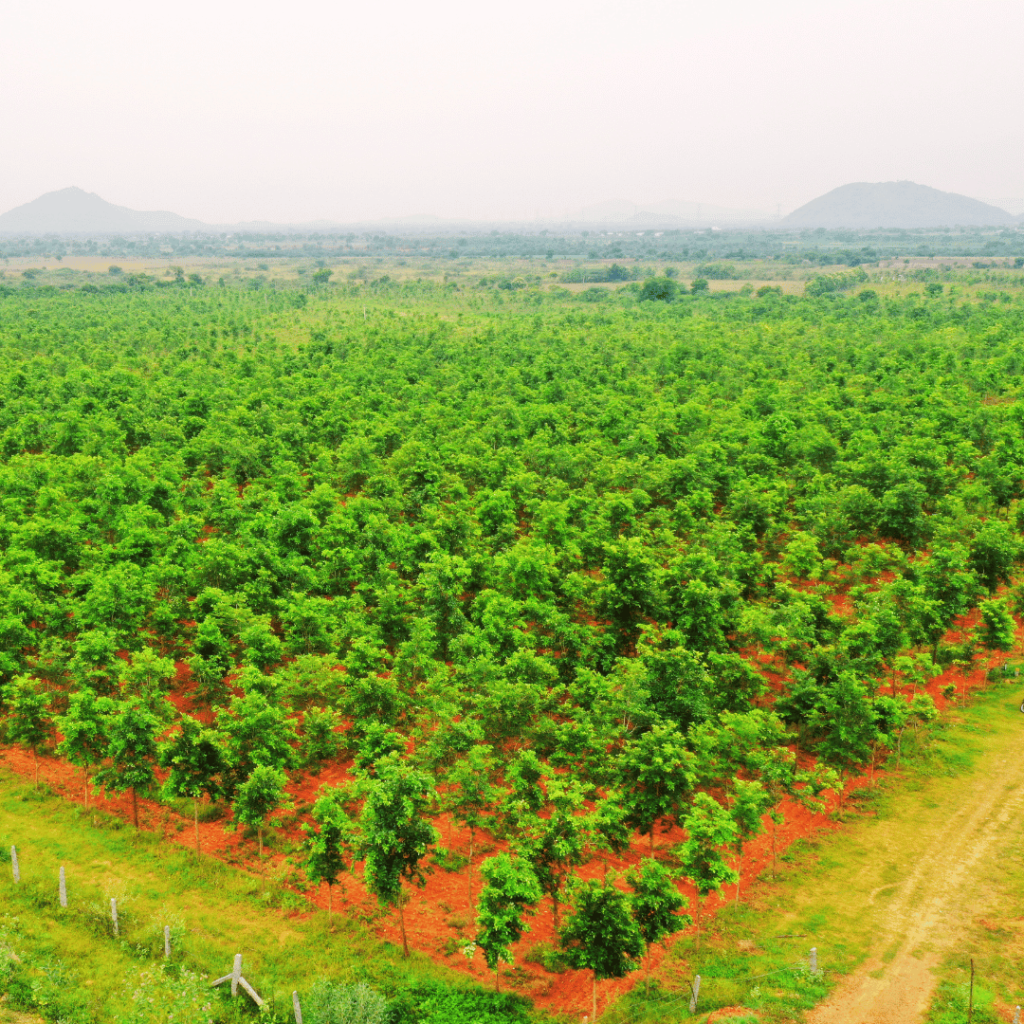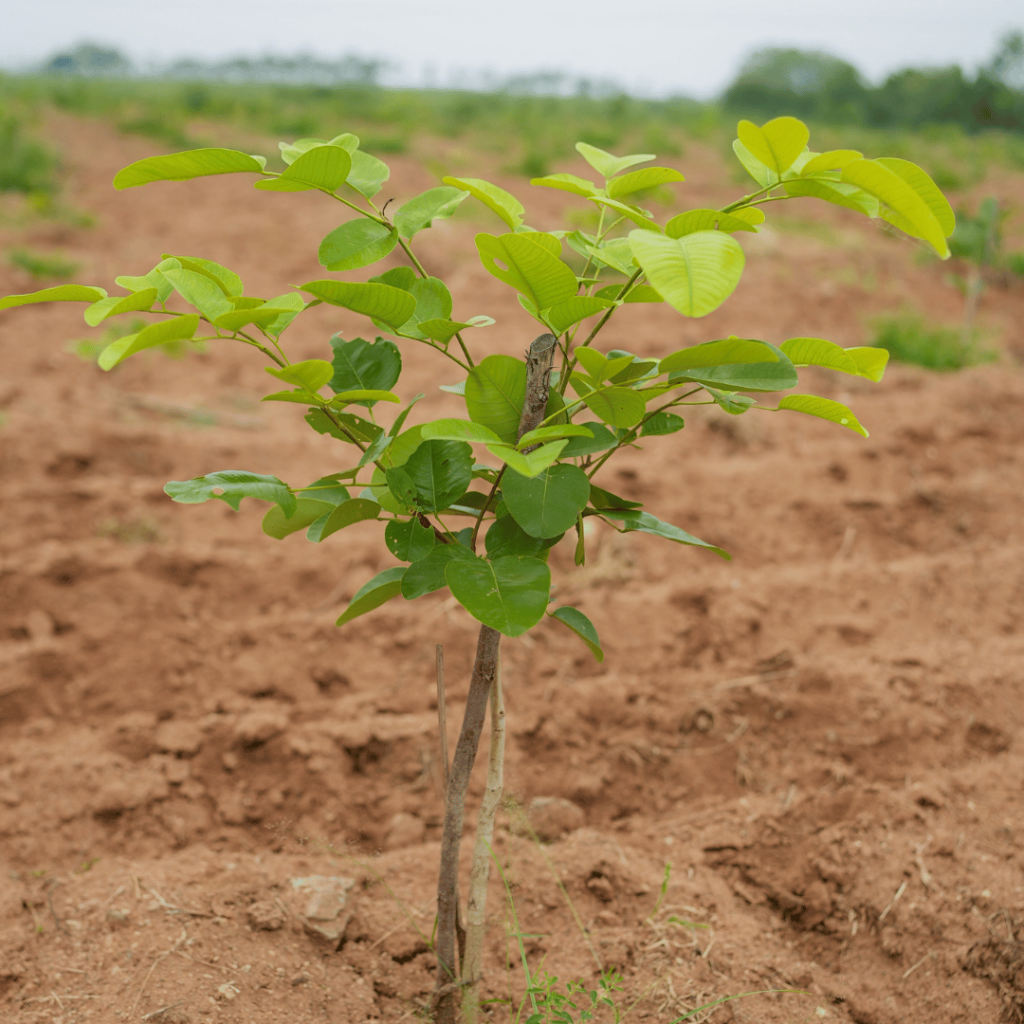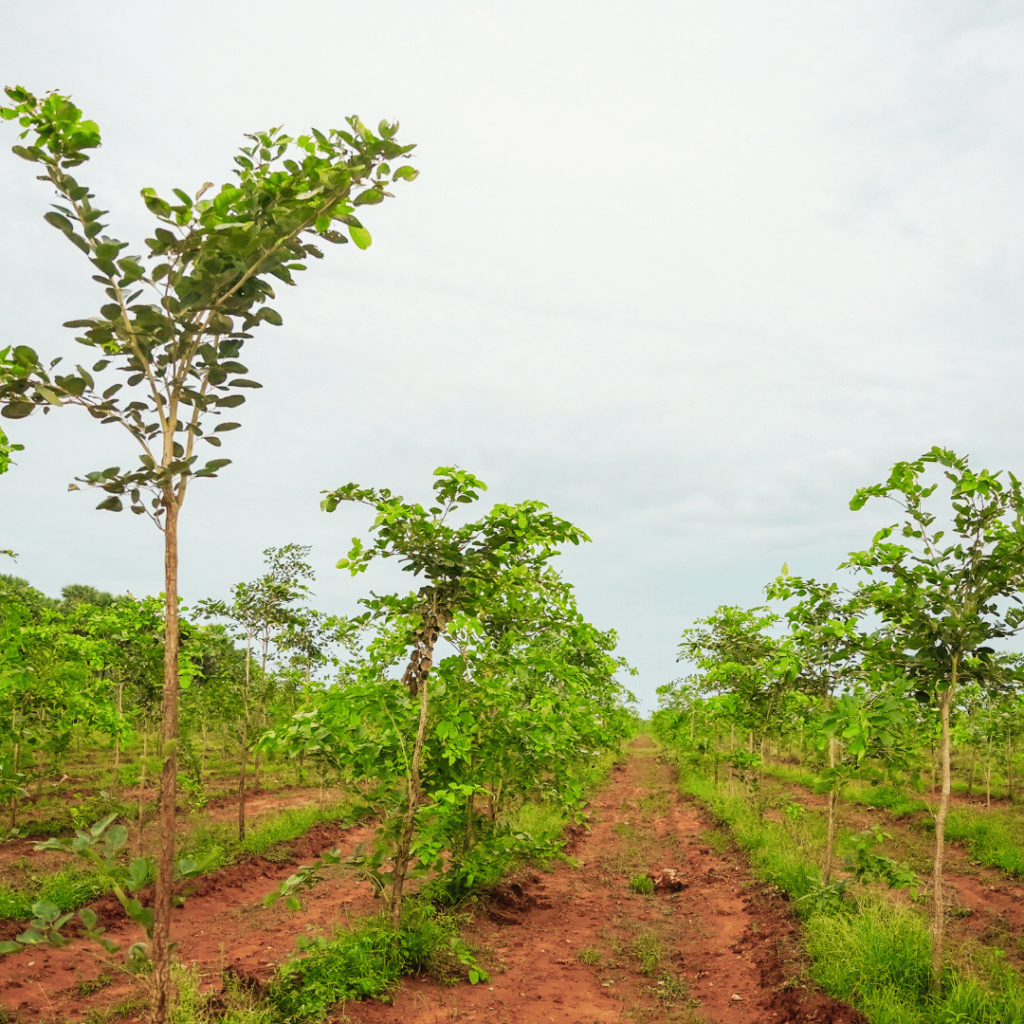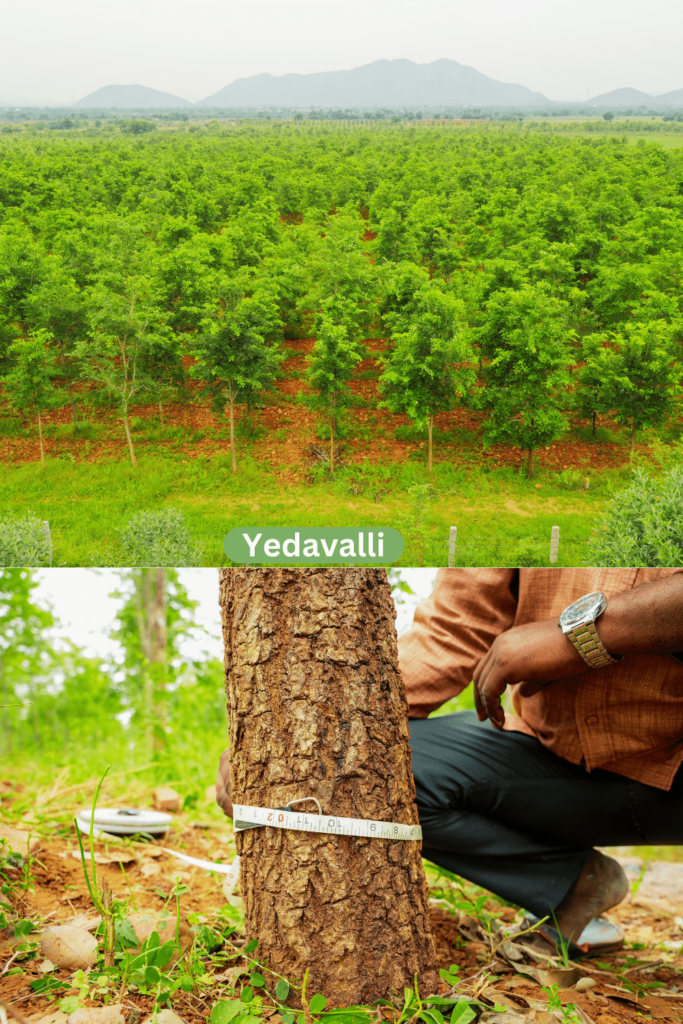

Introduction:
Are you intrigued by the potential of red sandalwood farming and eager to embark on a journey towards profitability and sustainability? Red sandal farming, with its high market value and ecological benefits, holds immense promise for aspiring farmers. However, like any agricultural endeavor, it requires careful planning, knowledge, and dedication to turn your dream into a profitable reality. In this blog post, we will provide you with essential steps and valuable insights on how to establish and manage a successful red sandalwood farm.
1. Research and Planning:

Before diving into red sandalwood farming, thorough research is crucial. Understand the specific requirements of red sandalwood trees, including soil type, climatic conditions, and water availability. Determine the market demand for red sandalwood products and identify potential buyers or distributors. Develop a comprehensive business plan that outlines your goals, financial projections, and marketing strategies. Seek guidance from agricultural experts or join relevant farmer networks to gather valuable insights and experiences.
2. Land Selection and Preparation:

Selecting the right land is essential for the success of your red sandalwood farm. Look for well-drained soil with good water-holding capacity. Red sandalwood thrives in arid and semi-arid regions, but it can adapt to different soil types. Ensure the availability of adequate sunlight and sufficient space for the trees to grow. Prepare the land by clearing any existing vegetation, removing weeds, and improving soil fertility if necessary. Consider employing organic farming practices to ensure the long-term health and sustainability of your red sandalwood farm.
3. Sourcing Quality Seeds or Seedlings:

Obtaining high-quality red sandalwood seeds or seedlings is crucial for establishing a productive farm. Look for reputable nurseries or government-approved agencies that specialize in red sandalwood propagation. Opt for certified seeds or seedlings to ensure genetic purity and healthy plant growth. Proper handling and transportation of the seeds or seedlings are vital to maintain their viability. Consult experts or experienced farmers for guidance on the best sources and methods of procurement.
4. Planting and Care:

Plant your red sandalwood trees during the appropriate season, ensuring favorable weather conditions for their establishment. Follow proper spacing guidelines to allow adequate room for each tree to grow. Provide regular irrigation during the initial years to support root development. Implement appropriate pest and disease management practices, including organic pest control methods, to ensure the health and vigor of your red sandalwood trees. Pruning and thinning may be necessary to promote optimal growth and timber quality.
5. Harvesting and Marketing:

Patience is key when it comes to red sandalwood farming, as the trees take several years to mature. Monitor the growth of your trees and assess their readiness for harvest. Typically, red sandalwood trees are harvested for their heartwood, which attains its vibrant red color as it matures. Seek guidance from forestry or agricultural authorities regarding the legal procedures and regulations for harvesting red sandalwood. Once harvested, process the timber appropriately to meet the requirements of your target market. Develop strong marketing channels to connect with potential buyers, both domestically and internationally.
6. Conclusion:

Embarking on a red sandalwood farming venture requires careful planning, diligent execution, and a long-term perspective. By conducting thorough research, selecting suitable land, sourcing quality seeds or seedlings, providing proper care, and effectively marketing your produce, you can transform your red sandalwood farming dream into a profitable reality. Embrace sustainable farming practices, stay updated with industry trends, and seek guidance from experts to navigate the challenges and capitalize on the opportunities this unique agricultural endeavor presents. With perseverance and dedication, your red sandalwood farm can thrive, providing you with economic benefits and contributing to a greener and more sustainable future.
























